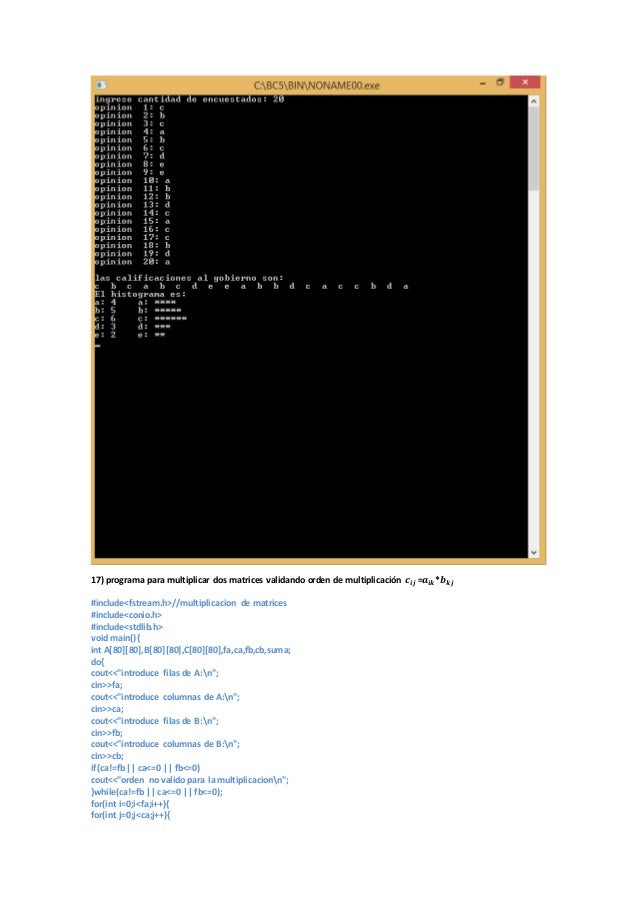

- BORLAND C 5.1 SKIN
- BORLAND C 5.1 PRO
- BORLAND C 5.1 SOFTWARE
- BORLAND C 5.1 CODE
- BORLAND C 5.1 PROFESSIONAL
Losing control of the Tools was akin to losing control of the platform.Īpple invested heavily in tools for the Macintosh, just like a winning platform should. We were a poor business, and we were failing at building tools professionals wanted to use. In other words, I was part of an irrational investment that wasn’t paying off. Microsoft was spending more money and making a worse product. The reason Borland could have a Tools business was because it was spending much less than Microsoft, and so could be profitable. An important lesson about Tools and platforms that I was learning in real-time was that a robust platform company invests (that is spends money on) Tools at an irrational level to support the platform. While our marketing team talked all about revenue and market share, like any good business, in reality Tools was not really a business. And every week we did not seem to be getting closer to even having a C++ compiler.

Every week we would see this ad or one like it in the trade press.

This two page spread really hit home the reality that Borland was making better tools for building Windows programs than Microsoft was. This was my first experience with disruption, though that word was years away from business vocabulary.
BORLAND C 5.1 SOFTWARE
These teams shipped tools in a software development kit (SDK), which was complete but not as polished a product as Borland sold. The additional tools for developing the interface of menus and dialogs, as well as the complexities of making a GUI program, were left to the respective platform teams. Squarely between Windows and OS/2, the Tools teams all but sat out developing new tools for GUI programming and focused simply on the programming language. Windows was our platform, but we lacked convincing and competitive tools. This was especially noteworthy because it was coupled with a move away from Microsoft’s proprietary C-like language CSL.Īs if this wasn’t enough, the growing importance of the graphical user interface would soon require a wholesale reinvention of tooling. Internally, the teams, particularly Excel, began testing whether they could move to the Borland tools. In addition, Borland’s products performed better than the anticipated C 6. This challenged Microsoft’s perceived leadership. Not only was the C 6 product late, but it was C and neither C++ nor object-oriented. We were focused on the high-end commercial developers, not the hobbyists or solo developers.īeing squeezed from the low end was one thing, but the high end was becoming problematic for Microsoft. Microsoft responded to Borland with Quick C, a similarly integrated all-in-one product for MS-DOS and with C 6, timed with a Windows version as well.
BORLAND C 5.1 PROFESSIONAL
The successor product, Microsoft C 6, re-upped the professional standard but was late (as everything was) and lacked the pizzazz of Borland. Microsoft secured the professional end, particularly with Microsoft C 5.1, the product we were using for our ET++ experiments. When we did spend, our advertisements were much more high brow and not focused on speed and performance like Borland ads. Borland spent heavily on print advertising, something Microsoft did not do for development tools. Two advertisements from industry trade magazines for Borland products.
BORLAND C 5.1 PRO
It also didn’t hurt that Borland expanded its product base to include a killer spreadsheet in Quattro Pro (get it, it came after Lotus 1-2-3) and Paradox, an industrial-strength database for MS-DOS. With support for both Pascal and C, and priced favorably, the products and the company became a favorite among independent developers.
BORLAND C 5.1 SKIN
It was fast, really fast-fast the way that got under the skin of BillG.
BORLAND C 5.1 CODE
Led by an energetic Frenchman, Philippe Kahn, Borland captured the hearts and minds of enthusiasts with a line of TurboTools that integrated a compiler, code editor, and debugger into one slick package. Developers were being wooed by an exciting upstart, Borland International. The company got its start with languages and developer tools, but by the early 1990s tech enthusiasts and hobbyists were moving away from BASIC toward more advanced or professional languages and tools. Microsoft was starting to lose its edge, even with Windows taking off.

Within Microsoft, differing cultures emerge between groups, and eventually define the company. 1990 to 1992: The big bet on Windows begins to pay off, but Microsoft struggles to win over developers who were enamored with object-oriented programming and C++ to more easily build GUI programs.


 0 kommentar(er)
0 kommentar(er)
